If you’ve been following me on Instagram or caught the latest blog post, then you know I got a new horse I named Freya. Unfortunately, Freya had a lumbar injury neither the previous trainers nor owner caught and treated…or at least, not that I’m aware of. I knew something was possibly wrong when I looked at her but didn’t know the extent of it until months later.
Injuries in Sport Horses seem to be more common lately. I don’t know if thats because horses are being pushed too hard, broke too early, or genetics but the fact is it’s happening. I was suspicious something was wrong with Freya’s back but I had no idea she had a lumbar injury that would require treatment and rehab. Luckily, I kept noticing subtle signs of a problem and got her looked at by Denali Equine.
LUMBAR INJURY SIGNS I NOTICED
As a I said, I knew something was wrong with Freya’s back when I got her home for the trial period. (I didn’t notice it when I tried her out because the trainer already had her saddled and ready when I showed up.) The most obvious thing I noticed was a small hump in her lumbar region. Instead of being flat and straight, he back was slightly curved up with a subtle roach back look.
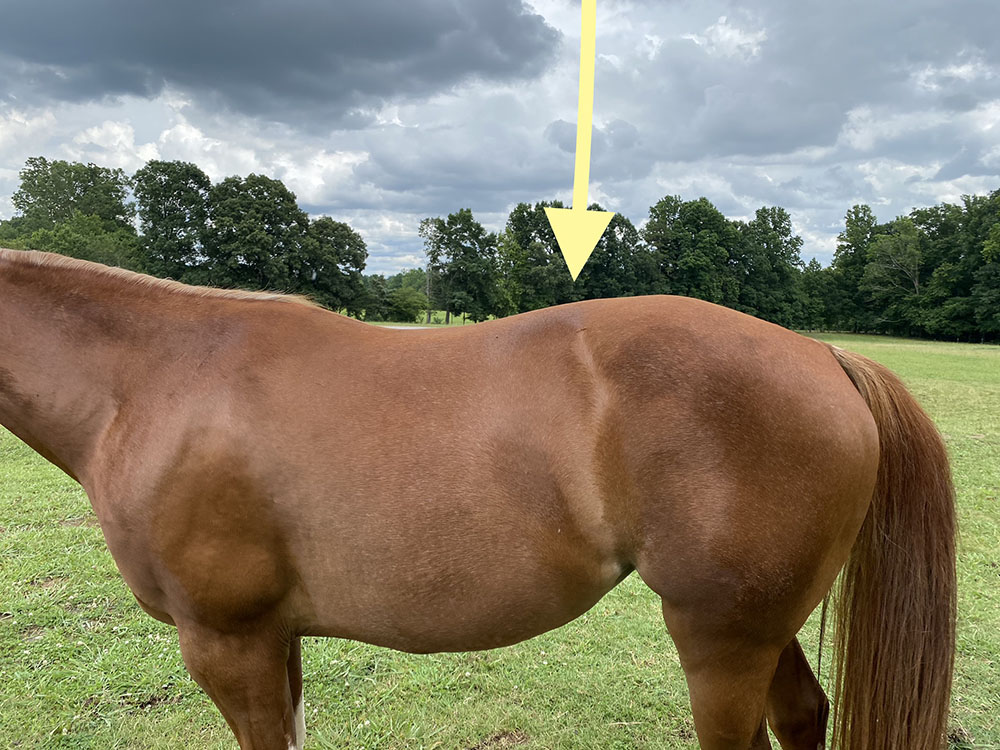
Along with having that look, other physical signs she exhibited were:
- Sore to brush in the lumbar area
- Dipping her back and moving away when I would go to saddle her
- Flat butt
- Head high when riding
- Standing with her back feet under her and close together
- Lack of muscling behind her scapula
When we practiced loading and unloading from the step up trailer, she would be super sore the next day. It wasn’t a lameness kind of sore though. It was only noticeable when I would curry and brush her.
TREATMENTS I TRIED FIRST
I originally thought she was tight and tense from being “blown up” by the cutting trainer. She got overworked and likely had sore muscles. So I tried everything I could think of to see if it would help get rid of the soreness.
- Back on Track sheets and boots for a few hours every day
- Equine Massage Therapy from a certified therapist
- Full Body PEMF Session
- Handheld Vibration Massager
- Linament Baths
- Stretching
- TIME OFF
None of it really worked. It would help for a day or so but then the signs would present themselves again.
The straw that broke the camels back was when a back leg swelled up with no obvious sign of trauma and stayed that way for 2 weeks. I had my regular vet out who thought it could be cellulitis but hadn’t seen a case like this before. She didn’t respond well to SMZ med and icing/cold hosing didn’t help. Oddly enough, the vet doing a lameness exam (where they hold the leg up and you trot off) caused her more pain and led to problems picking up her feet after that.
DIAGNOSIS AND TREATMENT OF THE LUMBAR INJURY BY THE SPORTS VET
Not wanting to wait any longer and feeling like something more was going on then tired muscles, I scheduled an appt with the sports equine vet, Denali Equine. Dr. Workman helped me with Gracie and her hip problems just a month before. I trusted her and had faith she would find the problem and fix it since she had performed a miracle with Gracie.
When I got Freya to the vet’s she came off the trailer shaking, trembling and full of sweat. Which for a horse that has been trailered many times, this was weird to say the least. Now I realize this too was another sign of pain.
Dr. Workman performed her exam which included a physical exam (which did not include the typical lameness exam) and watching her move freely on the lunge line. Her findings were:
- She stood toed out behind
- Scapular dorsal bulge
- Roached up with pelvis dropped
- Sacrum cranial dorsal
- She backed with her left hind wide and crooked
- Heavy on front right
- Bunny hops behind at canter
She also looked at the back with an ultrasound and found the L4 curls up with a laterally abnormal shape. Her L6 was found to be abnormal as well.
All of these findings led to a Lumbar Pelvis Dysfunction Diagnosis. Her treatment for this included injecting the entire lumbar region, inter-transverse joints, SI, L1-6 nerve roots and facets, sciatic nerve and hypaxials. All injections were ultrasound guided.
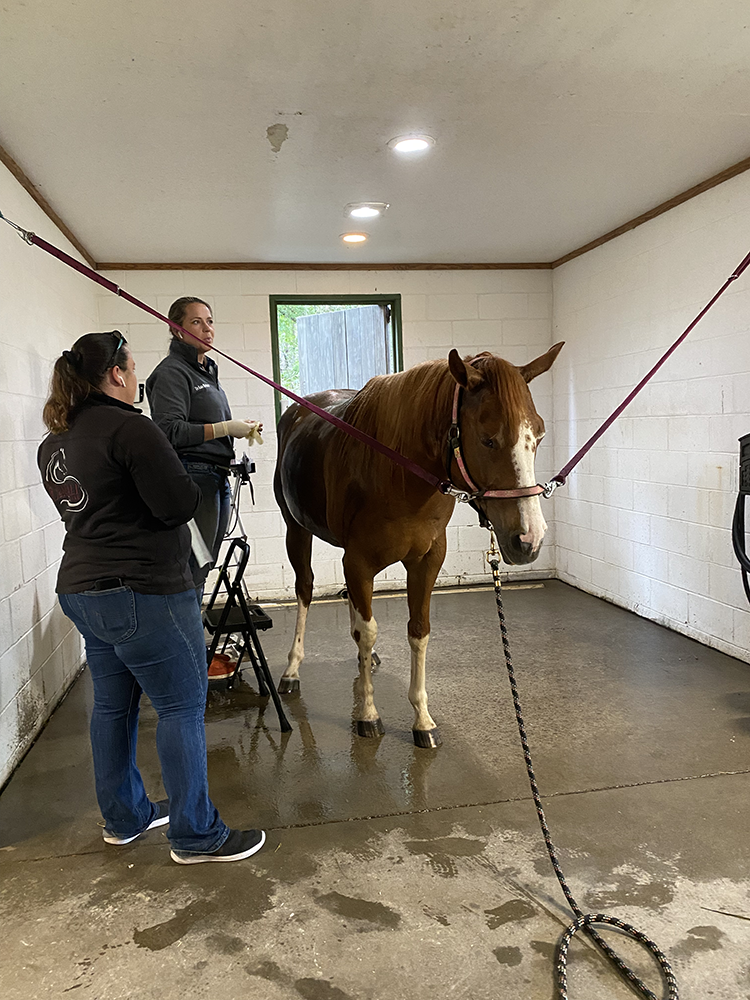
REHAB PLAN FOR FREYA
The injection treatment basically did a full reset/release of Freya’s lower back and pelvis. This meant she was going to be unstable for a period of time and would require a custom rehab plan.
This meant she spent a couple weeks just walking on the lunge line for 20 mins a day. She could continue being turned out and allowed to move freely. The goal for rehab was rest and relaxation. After a couple weeks of walking and achieving relaxation on the lunge line, we added in trotting. After a couple weeks of that we added more time trotting until eventually she was stable enough on her feet I could get on a ride again.
I must say, the first time I trotted her on the lunge line she looked awful. She went from having a beautiful trot to a choppy ugly trot. I knew this would likely be the case but that didn’t make it easier to see. It’s mentally challenging when you expect to see a positive change but get more of a set back kind of change.
It took 30+ days before I started to see positive changes in Freya’s back and mind. She still has a slight roach back but it’s not near as noticeable. It’s likely it will always be this way because of her spine being abnormal. She’s no longer a tense ball of muscle. I can groom her and saddle her without any soreness reaction. She is moving better and better each day and no longer bunny hops behind. She can trot under saddle with her head low and body balanced.
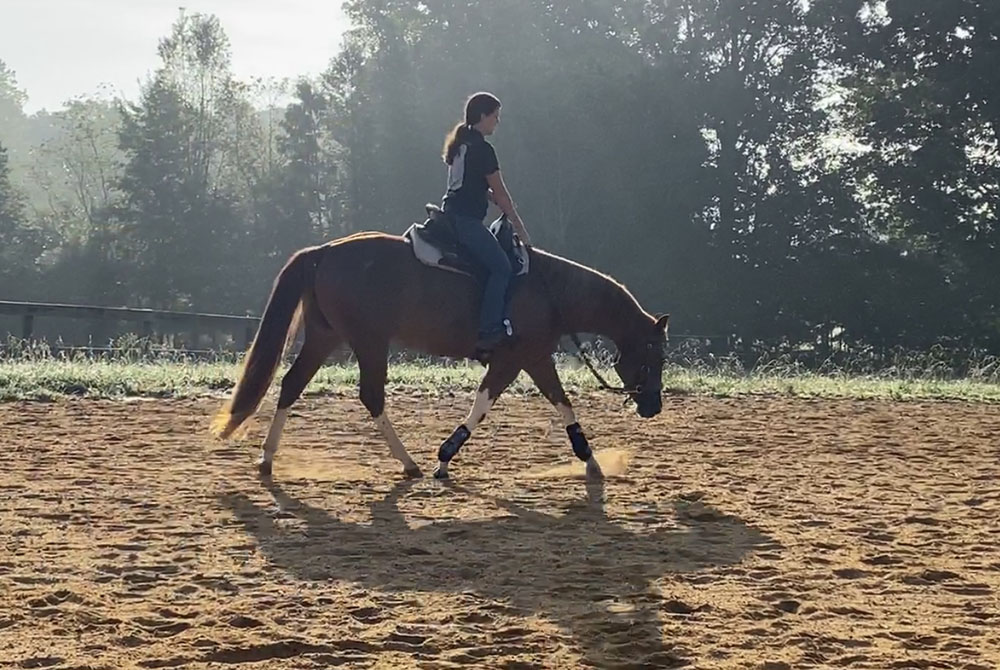
POST-TREATMENT
Each day brings about a new and improved horse after the treatment. Only her hind end was injected but just releasing the tightness in that area led to dramatic changes in her front end. She’s finally building a new topline and the scapula bulging is going away. The joints in her legs made a lot of clicking noises and even this has improved significantly. Also, no more trembling and excessive sweating with trailering. She hauls great now.
Freya’s back is on the mend and she is doing very well. Dr. Workman has given her the all clear to do anything and everything I want to teach her. Nothing should hold her back.
Freya was seen and diagnosed on June 21st. It’s now middle of August and she’s still doing wonderfully. I’ve been restarting her very slowly, following Warwick Schillers training methods. She stays relaxed and focused during our rides and it’s my hope to begin trail riding her across the state this fall/winter.
If you have a horse you suspect has a back injury and you’re noticing signs of a problem, don’t put it off. Take your horse to a Sports Vet whose seen many types of injuries and is well versed in treating them. Just like you would see a specialist for back problems, take your horse to a specialist. If you’re in NC, I can’t recommend Dr. Workman at Denali Equine enough. Her evaluation process and treatment protocols are very different from any other vet I’ve used. She has a knack for seeing things most vets would miss.
So Tell ME..
Have you dealt with a horse with a lumbar injury before? What was your experience like? How is your horse doing now?

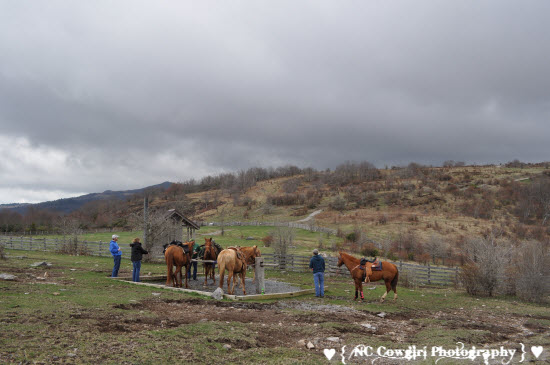

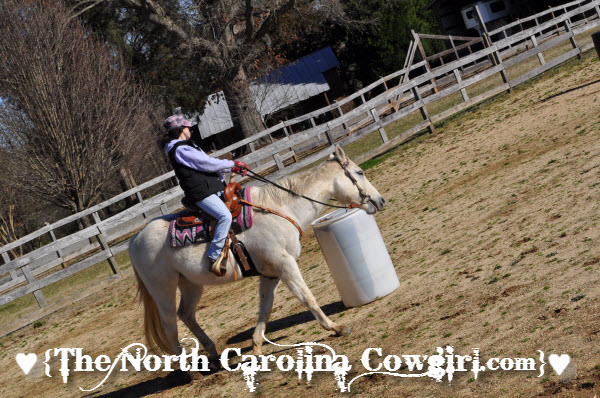
2 Comments
Ethelyn Churchwell
September 5, 2023 at 5:58 pmI’m so happy you got her to someone and figured it out! You know your horses best! Sometimes things can’t be fixed but if we know about them we’re able to maintain them well enough to avoid pain and future problems. I love how much care you put into your horses!
Leslie Deering
June 16, 2024 at 11:57 amThanks so much for sharing this! I recently rescued a starved Percheron mare and am trying to figure out all her issues (with my vets help). Her spine is all too visible and unusual. Not quite roached, but not quite right. I’ve been training for 40 years but never experienced anything similar. Your post was helpful and encouraging.